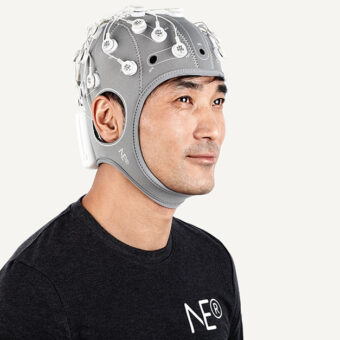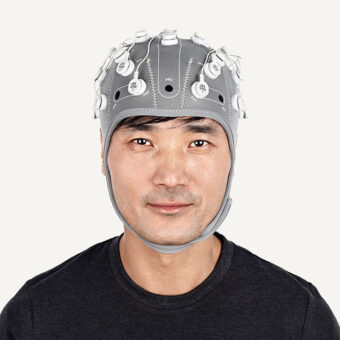Over the last few years we have been very involved in the discussion around what we call human computer confluence. One of the central themes is the “disappearing interface” where a combination of pervasive computing, smart systems and AI lead to a scenario where there is no obvious visual interface with our computing artefacts, either we use voice and gestures or the systems adapt to our behaviour. A recent Wired article on Spike Jonze’s new movie Her made me think about how this might look and also reminded me of a couple more examples that I’ve seen recently; Black Mirror and Eva.
In Her we do not live in a futuristic world (not Blade Runner nor Minority Report), the technology has, for the most part, faded into the background. Several episodes of Charlie Booker’s Black Mirror follow a similar aesthetic where at first glance the hi-tech is not obvious at all. And again in Eva, cars, houses, furniture are deliberately retro with pretty much all traces of technology hidden.
These are just 3 examples of the designer’s personal style and take on the issue but I think it’s a good bet for many reasons including Vanhemert’s suggestion in his article, “a new generation of designers and consumers have accepted that technology isn’t an end in itself–that it’s the real world we’re supposed to be connecting to”.
Taking the example of Her again it’s a world where people are not wearing lot of obvious tech. and are certainly not wearing EEG devices of any kind. So where does this leave us?
It really comes down to integrating neurotech. into existing wearable artefacts which would include at most earbuds/phones and glasses or possibly minimally invasive implants as in Black Mirror’s The Entire History of You.
Technically, perhaps surprisingly, the implant might be simpler (power and biocompatibility issues aside) as it would likely be more robust and would provide a cleaner signal than earbuds and be more universal than glasses.
All of these solutions bring us back to my previous post on single electrode EEG recorded, in this case, from non-ideal locations.



